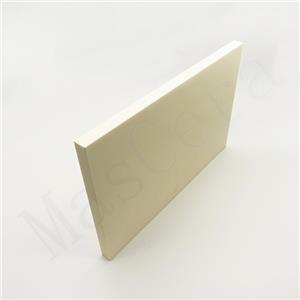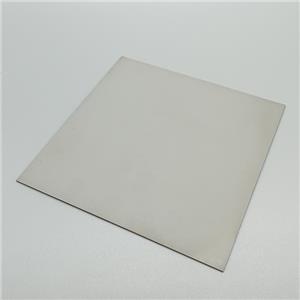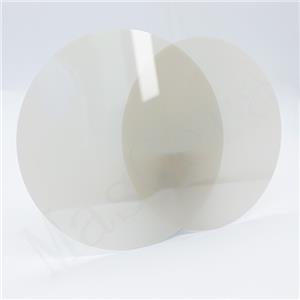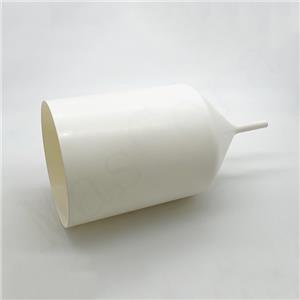Dielectric Constant of advanced Ceramics
When discussing ceramic insulation materials, many engineers and designers tend to focus on one specific parameter: the dielectric constant of ceramics. While this value is important in determining how a material responds to an electric field, it's not the only indicator of a ceramic's performance as an insulator. In fact, a deeper understanding of ceramic properties reveals that other electrical characteristics play an even more critical role in ensuring proper insulation in electronic and high-voltage applications.
What Is the Dielectric Constant of Ceramics?
The dielectric constant, also known as relative permittivity, measures how easily a ceramic material can be polarized by an external electric field. A higher dielectric constant allows the material to store more electrical energy, making it useful in applications such as capacitors or RF components. However, this value does not directly correlate with how well a ceramic insulates against current leakage or electrical breakdown.
Key Properties of Ceramic Insulators
To accurately evaluate ceramic insulation materials, it's essential to consider multiple electrical performance indicators:
1. High Dielectric Strength Ceramic
Dielectric strength refers to the maximum electric field a material can withstand before breakdown occurs. A high dielectric strength ceramic ensures that the insulating material can resist large voltage differences without conducting electricity. For example, alumina ceramics often have dielectric strength values above 15 kV/mm, making them suitable for high-voltage insulation.
2. Volume Resistivity of Ceramic
Volume resistivity indicates how strongly a ceramic resists the flow of electric current through its bulk. Measured in ohm-centimeters (Ω·cm), this property is crucial for preventing leakage current. Ceramics with high volume resistivity ≥10¹⁴ Ω·cm—maintain stable insulation even under long-term electrical stress.
3. Thermal and Mechanical Ceramic Properties
While electrical parameters are critical, ceramic properties like thermal conductivity, thermal expansion, and mechanical strength also impact performance. Materials such as aluminum nitride (AlN) offer both high thermal conductivity and electrical insulation, which is ideal for power electronics that generate significant heat.
Material Comparison
Here is a side-by-side look at the typical electrical properties of three widely used ceramics:
Material | Dielectric Constant | Dielectric Strength (kV/mm) | Volume Resistivity (Ω·cm) |
Choosing the Right Ceramic for Insulation
When selecting ceramics for insulation in electronic assemblies, power modules, or sensor systems, designers should prioritize:
High dielectric strength for voltage resistance
High volume resistivity for minimal leakage current
Balanced ceramic properties for thermal and mechanical stability
In many real-world applications, a ceramic insulation material with a moderate dielectric constant but superior breakdown voltage and resistivity will outperform one with a high dielectric constant alone.
Focusing solely on the dielectric constant of ceramics may lead to suboptimal material choices. To achieve reliable electrical insulation, engineers should look holistically at the full range of ceramic properties, particularly volume resistivity of ceramic and dielectric strength. These key factors ensure performance stability, long-term durability, and safety in high-demand environments.




